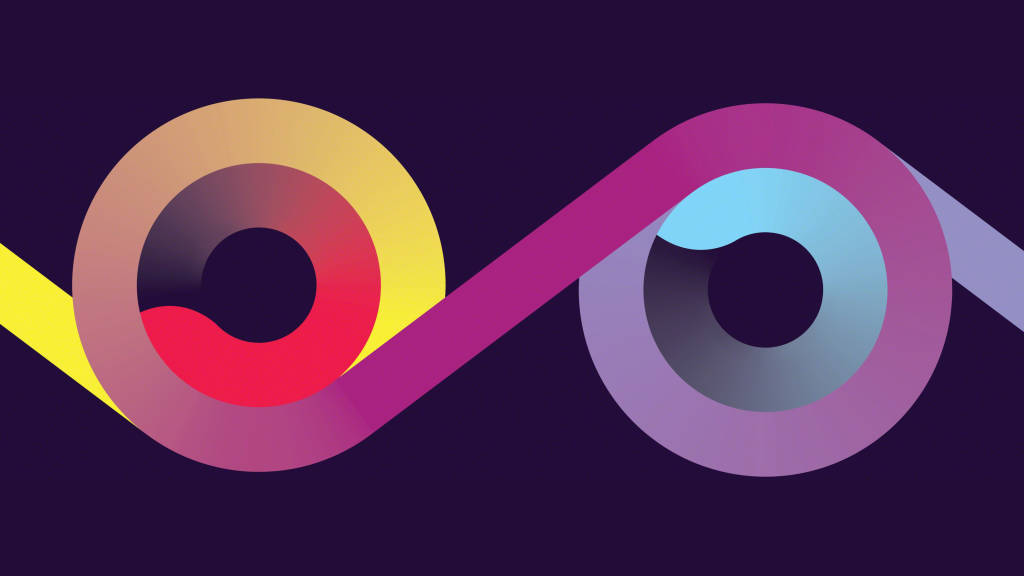Ten Things Agile Teams Need to Know
To better understand Agile work and to support our own Agile journey, Steelcase has built a behavioral prototype of spaces to serve the needs of Agile workers.
The difference between the production of a movie and on-demand television is dramatic. If movie producers decide halfway through production an actor isn’t working, the entire project is put on hold. Scripts rewritten, scenes re-filmed and the movie’s delivery date pushed back months, maybe even years. On the flip side, today’s on-demand television shows can drop a character from one episode and change story arcs for the next. They get constant ratings from consumers and can adjust the series based on real-time feedback.
On the whole, organizations have spent too much time working like a film. But, many are trying to change. The film process discourages iteration, creativity and the reviews needed for incremental improvement. As leaders speed up their organization’s digital transformation, data and tech-enabled solutions become ubiquitous, and the creative process accelerates. Ideas will multiply. Time to market will shrink.
Organizations need Agile teams designed to create quickly and harness change for competitive advantage.
“One of the fundamental characteristics of Agile is fast learning that is shared and made transparent for team members across the system. This learning fuels accelerated progress for the whole group,” says Mandy Sutherland, senior consultant, Steelcase Applied Research + Consulting.
These Agile teams operate in a very different way than those at many organizations designed for efficiency. “Agile teams are cross-functional, empowered to make decisions and extremely productive,” says Sutherland. (Read more: Six Ways to Support Agile Teams)
INSIGHTS FOR AGILE TEAMS
To better understand Agile work and to support our own Agile journey, Steelcase has built a behavioral prototype of spaces to serve the needs of Agile workers. In the spirit of Agile work, Steelcase Applied Research + Consulting is sharing these 10 initial insights for Agile teams.
Embed Learning
- #1 Make the Implicit, Explicit – Team members add value by making their work content visible and accessible to the rest of the team. Sharing verbally and visually, in digital and analog ways, helps build knowledge.
- #2 Tinker, Test, and Trust – Tinkering, testing and hacking in the presence of others builds trust, accelerating learning and performance. An Agile team redefines failure as success because of the learnings that occur.
- #3 Learn Together – Mutual learning extends over time based on being present together and iterating on customer feedback. By learning together, they develop a sense of belonging and commitment.
- #4 Measure, Improve, Focus – Agile teams sit side-by-side with customers to get feedback that drives performance. They embrace measurements at the team and individual level allowing for growth and future improvements.
Leverage Space In New Ways
- #5 Be Present – Agile teams are present in the space – physically, emotionally, mentally, socially – making personal investments in the team. Being physically present allows for nuanced communication and the sharing of nonverbal information enhancing communication and trust.
- #6 Embrace Ambient Awareness – The ambient environment allows Agile teams to let go of certain mental tasks until the time is right to come back to them. Teams can cognitively offload information, either by analog or digital means, until they need it.
Lead in New Ways
- #7 Shift Leadership – In an agile environment, leadership shifts from directing to enabling, from telling to empowering, and from creating boundaries to eliminating roadblocks. Leaders must communicate differently — responding to issues in-the-moment with less polish and more authenticity. Agile requires empowered execution and shared decision making.
- #8 Hold the Big Picture – Agile teams are most successful when the broader organization embraces Agile practices. It is about creating questions together and acting as an organization and as subunits.
Create Community
- #9 Treat the Tribe as the Unit – Agile teams are tribes with identity, interdependence, and a sense of shared values and purpose. Employees can see how their work connects to that of the tribe and the broader organization. Rather than interacting with individuals, plan and provide space to interact with tribes.
- #10 Foster Community – Agile team members who feel part of a greater community are more fulfilled and make more significant contributions. They reach beyond their own expertise to help others — developing their skills as well as the skills of the group. By living together, team members develop empathy for each other and share tacit knowledge.
Are you on a journey to create an Agile organization? Steelcase Applied Research + Consulting is already working with organizations around the world embracing Agile work.



